
How Does American Pop Music Present Swearing?
-- From perspectives of chronological change and gender differences
-
How has the use of swearing changed in the lyrics of American popular music over the last 30 years? What are the differences in terms of gender?
-
This study will explore these two questions. Word frequency statistics for lyrics will be the basis method.
-
This study will continue to interpret the different perspectives of changes shown in the data, as well as discuss the contextual factors including cultural, linguistic and political backgrounds of these differences.
Category: Big Data Assignment
Keywords: Python; Text Analysis; Pop Music; Linguistic Studies

Backgrounds
Swearing is a very common and subjective term, with around 0.5% to 0.7% of words spoken each day being swearing. While swearing appears frequently in everyday communication and media, it is difficult to define and measure. Swearing has traditionally been considered offensive language and is studied under sociolinguistics, taking into account factors such as topic, phonology, intensity, and speaker intent. However, there is a more inclusive view that suggests swearing studies should focus on the literal meaning and words themselves. Swearing alters the words to some extent and becomes part of their extrapolated meaning. This research paradigm, which focuses on the words themselves, is more suitable for breaking down and studying swearing, and is the approach adopted by this study.

In addition to examining the meaning and form of swear words, there are also studies that focus on specific swear words and their categorical use. These studies classify swear words based on their tone and degree, such as euphemistic, censored, or uncensored. Other researchers have analyzed high-frequency swear words in the corpus, such as fuck, damn, and shit, by examining the common elements found in swear words, such as body parts, relatives, and sexuality.
On the other hand, some scholars suggest abandoning the case-by-case examination of swearing and instead looking at changes and trends in real-life use. For example, studies have shown that the frequency of using swear words in daily conversations of adolescents differs by gender and age. These studies tend to focus on the speakers themselves and examine how age, gender, occupation, and economic status may be associated with the use of swear words.
WHAT ABOUT

IN LYRICS?
Swearing in lyrics can be interpreted as a collection of song co-creators such as lyricists and singers talking dirty. Word frequency statistics is one of the most widely used digital humanities methods and is often used by researchers to measure the swearing index of music. In addition, there is close reading of specific lyrics and analysis of language style. However, very little literature has analyzed contextual factors in which swearing appears in lyrics.

Warning: The following content contains strong language that some readers may find offensive


Two Angles

Chronological Change
Gender
Difference
For chronological analysis, Python will be used to extract the lyrics of all Billboard Year-End Hot 100 singles from 1991 to 2021. The Billboard charts, which have been the most authoritative guide for ranking the popularity of artists, songs, and albums since 1940, are more likely to represent the most accepted way of writing lyrics for a given year.
For the gender analysis, the study will use the API provided by the music website Genius to extract the lyrics of the top 20 most popular male and female artists. The list of artists will be obtained from the music review site Musicianwave and will exclude remixes and live versions of songs to ensure that the lyrics are not duplicated.


Male | Female |
|---|---|
Zayn | |
Lauv | Camila Cabello |
Bazzi | Ava Max |
Hozier | Miley Cyrus |
Blackbear | Selena Gomez |
Joe Jonas | Halsey |
J Balvin | Katy Perry |
Khalid | Rihanna |
Sam Smith | Beyonce |
Lewis Capaldi | Lady Gaga |
Troye Sivan | |
Charlie Puth | Pink |
Post Malone | Doja Cat |
Nick Jonas | Sia |
Shawn Mendes | Billie Eilish |
Bruno Mars | Dua Lipa |
Harry Styles | Adele |
Justin Bieber | Ariana Grande |
The Weeknd | Olivia Rodrigo |
Ed Sheeran | Taylor Swift |
Swear word series | Word(s) |
|---|---|
cum | cum |
whore series | whore/whores |
piss | piss |
lust | lust |
motherfucker series | motherfucker/motherfuckers |
suck series | suck/sucks |
butt series | butt/butts |
dick series | dick/dicks |
ass series | arse/ass |
pussy series | pussy/pussies |
nigga series | nigga/niggas/niggaz |
damn | damn |
shit series | shit/shite |
bitch series | bitch/bitches |
fuck series | fuck/fucking/fuckin'/fucked |
Scroll to browse more. Two female singers were Korean, who were excluded in calculation.

Also, it is important to define swear words before calculating them. The number of swear words that appear regularly in lyrics is relatively limited. With reference to the previously mentioned way of inclusive definition, this study compiles the existing and very limited research on swearing in lyrics and combines it with research on swearing in spoken English to produce a table of swearing.
Scroll to browse more dirty words.

Data Steps
For chronological change
First step: use Python to crawl the artist and song title information from the Billboard year-end charts on the official website of Wikipedia.

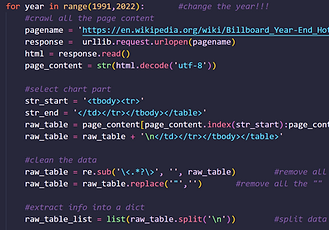

Second step: after saving the chatrs in CSV files, use Python to crawl the lyrics from the azlyrics website based on the artist and song name information, split the lyrics into individual words, and save them in a text file.




Third step: using Python to perform word frequency analysis, analyze the number of occurrences of a specific swear word or group of swear words in a particular year.

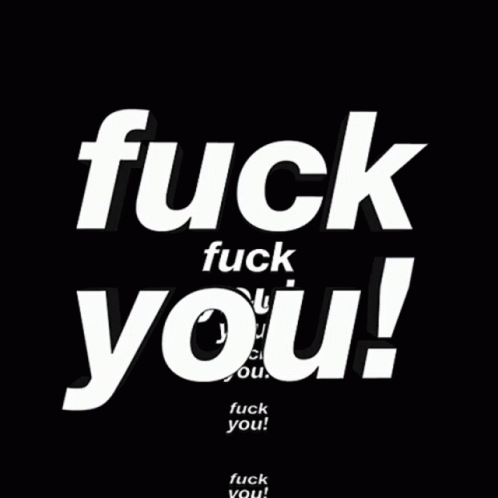



For gender difference
First step: use Python's Genius API to retrieve the full lyrics of the top 20 most popular songs by a specified artist, excluding remix and other versions.

Second step: similarly to the part on chronological change, Python will be used to conduct word frequency statistics in order to analyze the occurrence of a certain set of swear words in the lyrics of a specific gender group of artists.

All code and data files have been uploaded to my GitHub. Click the icon to take a look.

Changes
Over Time
Number of Different Swear Words Appearing in Billboard Top 100 Songs, 1991 to 2021
Select your interested swearing series from the dropdown menu to view the change.

Almost all swear words showed a significant increase over the 30 years of the count, though there were fluctuations. Between 1991 and 1992, when the statistics began, essentially no swear words were counted. Even for 2001, the number of recorded swear words was at a low level.
Representing this type of change using growth rates will be more intuitive. Therefore, this study has created the following bubble chart.
Percentage Increase of Swear Words in American Pop Music Lyrics, 1991 to 2021

Hover on the bubbles to see the percentage figures.
It is also worth noting that there are three small peaks in the midst of the fluctuations. The frequency of almost all swearing rose from 2003 to 2004. After some ups and downs, 2013 and 2014 were another small high point. Finally, between 2017 and 2019, the four most frequent words: fuck s, bitch s and nigga s, respectively, reached their highest point.
ANY

DISCUSSIONS?
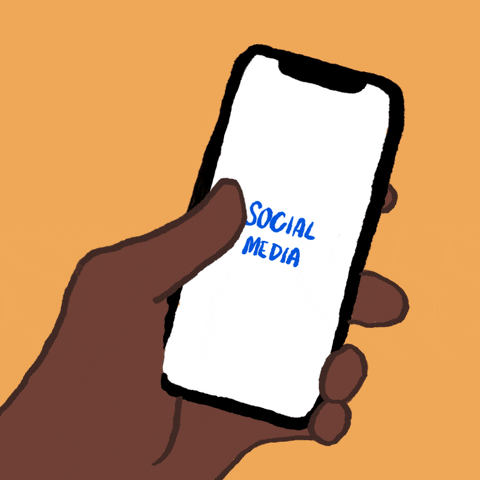
MEDIA
The trend of increasing number of swear words in the media is clear. A study early in 2010 comparing the first two weeks of the fall television season in 2005 and 2010 showed a 69 percent increase in swearing on broadcast television over the past five years. In addition to television, similar situations are found in movies, TV series, books and even news papers or magazines.
Lyrics, as an embodiment of songwriters' emotions, are an integral part of the media discourse. On the one hand, the lyrical content influences listeners, creating preferences and shaping the popularity of music. A study conducted in 2003 confirmed the short-term and long-term effects of violent lyrics on aggressive thoughts and hostile feelings. Swear words, as a type of verbal aggression, actively participate in shaping the minds of listeners. On the other hand, lyrics as a member of the media are also influenced by other media factors intersecting with them. Songwriting styles can be influenced by environmental factors such as movies, other musicians, and other socio-cultural factors.

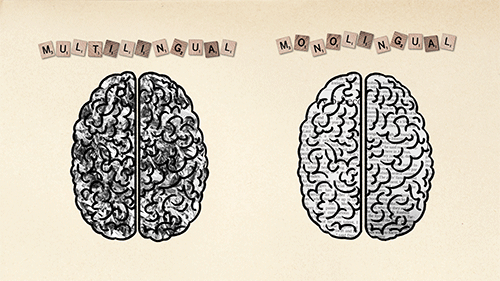
LANGUAGE
Swear words are changing in nature, becoming weaker and less offensive, even the word with the strongest curse connotations is losing its aggressiveness. A clear example is the word "damn", which was once considered a severe curse but has gradually become less taboo. This change is due to a shift in people's language habits, as evidenced by the increased use of swear words in spoken language. This linguistic background is reflected in songwriting, where the lyrics have become bolder and more spirited over time. Some well-known singers have also changed their attitudes toward swearing.
In addition to the change in the nature of swear words, the social function of swearing is also an important factor. Swearing is used to build camaraderie and intimacy among workers and colleagues, and it can also help authors relate to potential readers in books. In songs, swearing can help listeners release their emotions and feel more grounded and intimate with the song itself. This is especially important in the age of social media, where the traditional listener has become an active participant in the cross-media narrative.
Overall, the changes in swear words and their social functions reflect a broader shift in language habits and the way we communicate with each other. As society continues to evolve, it is likely that swearing will continue to play an important role in our language and culture.
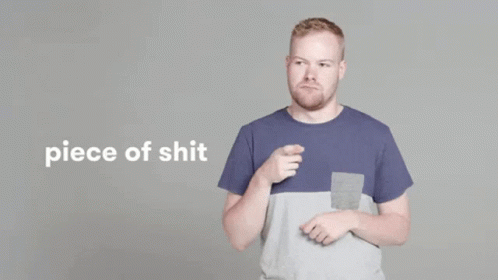
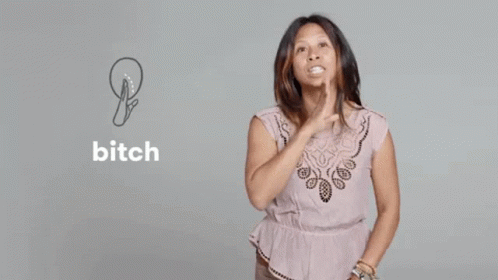
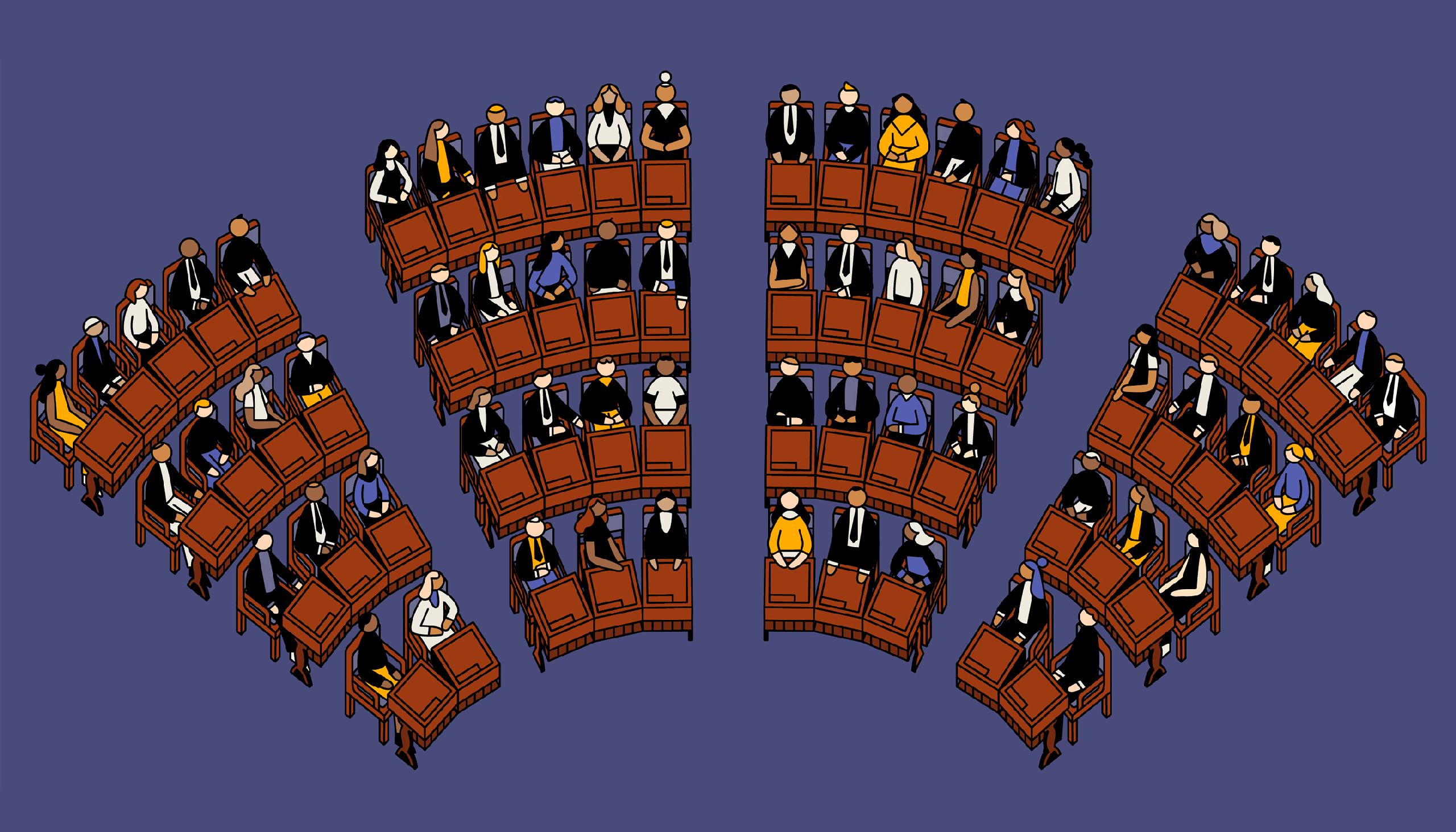
POLITICS
Politics and pop music interact, providing the soundtrack to political protest and becoming the object of political censorship. In South Korea, the mix of Korean and English in songs is increasing due to less strict censorship compared to the 1980s and 1990s when the Korean Public Performance Ethics Commission banned songs with over a third of their lyrics in English.
Government censorship of swearing in lyrics has also gone through ups and downs. US censorship laws have long prohibited public broadcasting of works that contain swearing as defined by the FCC. In the 1960s, songs were even banned for possible swearing. But hip-hop and rap radio stations that emerged in the 1980s were and still are exempted. Today, Spotify displays complete lyrics without censorship.
Platform autonomy and user-conscious censorship are a continuation of politics. Platforms and public attitudes towards swearing have changed over time, allowing many swear words to be retained rather than erased. Censoring swearing anywhere has the opposite effect of what is intended, especially when they are left in a syllable and made obvious. Some platforms have blocked all the N-word, such as Apple Music, which has been criticized as disrespectful to the authors of the lyrics, especially when the words do not indicate malice.


Changes
In Genders
Number of Different Swear Words Appearing in Songs by Artists' Genders
Comparison of the Total Number of Swear Words Between Male and Female Artists
The gender-specific findings are striking. Of the top 10 swear words, only two, fuck s and shit s, are slightly higher for male singers than for female singers (only 14% and 16% higher respectively). And the opposite is that, for bitch s, female singers are 232% of male singers, with nigga s for 187%.
As for the totals, the results are also clear: female singers speak a quarter more swear words in total than male singers.
ANY

DISCUSSIONS?
In past literature, swearing has often been associated with "male dominance." Swearing is considered a characteristic of male language, while women tend to avoid it. Quantitative studies of private conversations also support this, showing a significant gender difference, with men being more likely to use swear words compared to women. Some literature has explored the reasons behind this, suggesting that male aggression and the desire to express strong emotions may precede the use of swear words. Females, on the other hand, may exhibit less aggression and radicalism due to their reproductive burden. Throughout human evolutionary history, intergroup aggression has given males opportunities to gain resources, status, and access to females, potentially shaping their language patterns.

Contrary to previous studies on spoken language, research on song lyrics has yielded similar findings. A study in 2020 analyzed 34 songs and discovered that female artists included swearing in 58.8% of the songs, compared to 53.0% for male artists. Moreover, the intensity of swearing by female singers was no weaker than that of male singers. The results of this study, based on a larger corpus, reinforce the notion that the belief that female singers are more conservative in their language use is a stereotype.
One explanation for these findings could be that, since the selected corpus was based on popularity statistics, the presence of swearing in songs by both male and female singers has been accepted by listeners. Listeners expect and even demand female singers to swear as much as male singers, if not more.

It is important to note that the presentation of swearing by women as public figures in the media, particularly in popular music, differs significantly from the spoken expressions of ordinary individuals. However, even in everyday language, there is a decreasing trend in gender differences in the use of swearing. This demonstrates that the use of swearing is a complex linguistic phenomenon influenced by various factors, including identity, expression, and media representation.
Overall, these findings highlight the complexities of swearing usage, with significant variations in its frequency among individuals of the same gender across different contexts and media presentations.

Conclusion
This study has identified a significant increase in the frequency of swear words in American pop music lyrics between 1991 and 2021, with some fluctuations observed. A background review of various media sources, including songs, revealed a similar pattern, indicating that lyricists are increasingly incorporating "dirty" lyrics in a media landscape inundated with swearing. Linguists have suggested that the diminishing emotional intensity of many swear words contributes to their heightened usage in spoken language. Furthermore, in the era of short videos, swear words possess a strong viral property that appeals to certain singers. Additionally, the relaxation of government censorship policies serves as an important political backdrop to this phenomenon. Interestingly, this study also found that female singers tend to employ more swear words in their songs, which deviates from findings on the use of everyday spoken language.
To enhance the study's credibility and representativeness, a corpus comprising hundreds of thousands of words was employed. However, it is important to note that due to the automatic splitting of words during the lyrics scraping process, the study was unable to capture the contextual relationships between words and could only analyze them in isolation. Future studies may consider meticulously labeling contextual factors such as song titles, singer names, song genres, and specific song segments where swearing occurs (e.g., verse, chorus, or ending) when constructing the corpus. This would allow for more in-depth analysis, including exploring the relationship between swearing and song genres, as well as identifying the song sections that exhibit the highest frequency of swearing.
References
-
Malone, A. (2010). Sacred Profanity: Spirituality at the Movies. ABC-CLIO.
-
Coats, S. (2021). ‘Bad language’in the Nordics: profanity and gender in a social media corpus. Acta Linguistica Hafniensia, 53(1), 22-57.
-
Dynel, M. (2012). Swearing methodologically: The (im) politeness of expletives in anonymous commentaries on YouTube. Journal of English studies, 10, 25-50.
-
Rassin, E., & Muris, P. (2005). Why do women swear? An exploration of reasons for and perceived efficacy of swearing in Dutch female students. Personality and Individual Differences, 38(7), 1669-1674.
-
Lafreniere, K. C., Moore, S. G., & Fisher, R. J. (2022). The power of profanity: The meaning and impact of swear words in word of mouth. Journal of Marketing Research, 59(5), 908-925.
-
Ljung, M. (2010). Swearing: A cross-cultural linguistic study. Springer.
-
林诗琬. (2012). 从语用角度探讨美国电影的冒犯语字幕翻译-以< 宿醉>(THE HANGOVER) 为例= A Pragmatic Study of Chinese Subtitles of Offensive Words in American Film.
-
Stenström, A. B. (2006). Taboo words in teenage talk: London and Madrid girls’ conversations compared. Spanish in Context, 3(1), 115-138.
-
Beers Fägersten, K. (2012). Who's swearing now?: the social aspects of conversational swearing.
-
Chirico, R. (2016, June 27). When Lyrics Were Clean, Almost. SLATE. Retrieved from https://slate.com/human-interest/2016/06/a-history-of-swearing-in-music.html
-
Lafrance, M., Scheibling, C., Burns, L., & Durr, J. (2018). Race, gender, and the Billboard Top 40 charts between 1997 and 2007. Popular Music and Society, 41(5), 522-538.
-
New report shows diversity on the charts, but not in executive ranks of music companies. (2021, June 15). Annenberg. Retrieved from https://annenberg.usc.edu/news/research-and-impact/new-report-shows-diversity-charts-not-executive-ranks-music-companies
-
Tabak, E. (2017). A Hybrid Model for Managing DH Projects. DHQ: Digital Humanities Quarterly, 11(1).
-
Hendrigan, H. (2019). Mixing digital humanities and applied science librarianship: Using voyant tools to reveal word patterns in faculty research. Issues in Science and Technology Librarianship, (91).
-
Goyak, F., Muhammad, M. M., Mohd Khaja, F. N., Zaini, M. F., & Mohammad, G. (2021). Conversational mental verbs in English song lyrics: A corpus-driven analysis. Asian Journal of University Education (AJUE), 7(1), 222-239.
-
Johnson, R. B., Huron, D., & Collister, L. (2014). Music and lyrics interactions and their influence on recognition of sung words: an investigation of word frequency, rhyme, metric stress, vocal timbre, melisma, and repetition priming. Empirical Musicology Review, 9(1), 2-20.
-
Hirata, M. (2018). Potential for incidental vocabulary learning in songs: A corpus-based study. Journal of Foreign Language Education and Technology, 3(2).
-
Rinaldi, R. (2020). The Use of Swear Words in the Movies with Different Topics and Characters. Jurnal Adabiya, 22(1), 91-103.
-
Twenge, J. M., VanLandingham, H., & Keith Campbell, W. (2017). The seven words you can never say on television: Increases in the use of swear words in American books, 1950-2008. Sage Open, 7(3), 2158244017723689.
-
Carey, S. (2019, March 29). Shiiiiiit: The how and why of swearing in TV series. STRONG LANGUAGE. Retrieved from https://stronglang.wordpress.com/2019/03/29/shiiiiiit-the-how-and-why-of-swearing-in-tv-series/
-
Anderson, C. A., Carnagey, N. L., & Eubanks, J. (2003). Exposure to violent media: the effects of songs with violent lyrics on aggressive thoughts and feelings. Journal of personality and social psychology, 84(5), 960.
-
Matthew, J.X. Malady. No Offense. Profanity is changing. For the better. (2013, July 1). SLATE. Retrieved from https://slate.com/human-interest/2013/07/swear-words-old-and-new-sexual-and-religious-profanity-giving-way-to-sociological-taboos.html
-
McWhorter, J. (2021). Nine nasty words: English in the gutter: then, now, and forever. Penguin.
-
McWhorter, J. The F-Word Is Going the Way of Hell. The Atlantic. Retrieved from https://www.theatlantic.com/ideas/archive/2019/09/who-cares-beto-swore/597499/
-
Damnation. Wikipedia. Retrieved from https://en.wikipedia.org/wiki/Damnation
-
Roos, D. (2021, March 15). The Salty History of Swearing Like a Sailor. HowStuffWorks. Retrieved from https://people.howstuffworks.com/swearing-like-sailor.htm
-
Young, C. (2022, September 26). Taylor Swift Is Cursing More In Her Music Now And Fans Have A Related Theory About Midnights. Cinema Blend. Retrieved from https://www.cinemablend.com/television/taylor-swift-is-cursing-more-in-her-music-now-and-fans-have-a-related-theory-about-midnights
-
The Surprising Health Benefits of Swearing. PsychCentral. Retrieved from https://psychcentral.com/blog/the-surprising-health-benefits-of-swearing#1
-
Street, J. (2003). ‘Fight the power’: The politics of music and the music of politics. Government and opposition, 38(1), 113-130.
-
Jin, D. Y., & Ryoo, W. (2014). Critical interpretation of hybrid K-pop: The global-local paradigm of English mixing in lyrics. Popular Music and Society, 37(2), 113-131.
-
Bruce Lawrence, C. (2010). The verbal art of borrowing: Analysis of English borrowing in Korean pop songs. Asian Englishes, 13(2), 42-63.
-
Madaan, R. (2022, September 8). Should Apple Music lyrics add option to uncensor the N word & other slurs?. PiunikaWeb. Retrieved from https://piunikaweb.com/2022/09/08/should-apple-music-lyrics-add-option-to-uncensor-the-n-word-other-slurs/
-
Hazri Shahreen, H. (2020). A semantic prosody analysis of swear words in a corpus of English songs/Hazri Shahreen Hashim (Doctoral dissertation, Universiti Malaya).
-
Stapleton, K. (2003). Gender and swearing: A community practice. Women and Language, 26(2), 22.
-
Schweinberger, M. (2018). Swearing in Irish English–A corpus-based quantitative analysis of the sociolinguistics of swearing. Lingua, 209, 1-20.
.png)